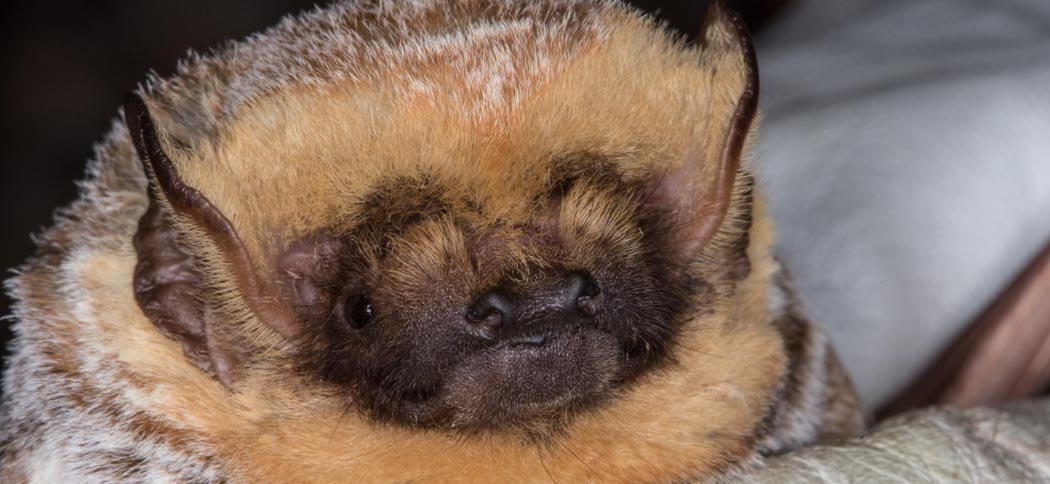
Strange Tails
We're delighted to have a strong population of strange-tailed tyrants at the reserve. So much so that we've adopted these beautiful and endangered birds as the symbol of the Trust
The growing diversity of the animals of Reserva Don Luis is a fresh source of delight every time we return. We don't play favourites, but it's impossible not to engage more with some of our more conspicuous guests. One of these is the strange-tailed tyrant. The male is stoic in his tolerance of one of nature's strangest - and it would seem least practical - adaptations. He's willing to suffer to be beautiful, and somehow manages to fly with tail feathers that were surely designed for a bird three times his size.
We love his perseverance; his resolution to succeed against challenge, and his ability to prove that anything is possible. He's appearing in growing numbers on the Reserva Do Luis, and his success has become an allegory for, and a symbol of, our own.
When we started the process of updating and redesigning our website, we wanted to adopt an image that symbolised our aims and our challenges. This brave little flycatcher, with his indomitable character, was the perfect choice.
The logo is a stylised profile of a male tyrant, silhouetted against the sunrise. We coloured the sun the blue of the Argentinian flag in honour of this country's beauty, its climate and the breathtaking span of magnificent animals that it nurtures.

Bat Research
Our bat team is conducting bat research both in the Ibera Marshes and in other provinces. We are especially concentrating on Misiones at the moment where we find the largest bat in Argentina, Chrotopterus auriitus and Myotis ruber, two species that we are researching.

Lasiurus villosissimus
Hoary Bat
The Hoary Bat, Lasiurus villosissimus, is often heard on our bat detectors around the reserve but up until now has not been captured for positive ID. This is one of the most beautiful bats in the Americas and is the South American version of Lasiurus cinereus, although it was decreed a distinct species in 2015. This one was caught in the province of Buenos Aires but it is present in Corrientes.
It is the largest of the genus Lasiurus and part of the largest family of bats, Vespertillionidae. It has a large range from Canada (L. cinereus) through to the middle of Argentina. It also has populations in the Galapagos and Hawaii.
It weights around 25g and has very thick fur, including over the uropatagium and the dorsal side of the wing membrane. The fur has a dark base, with a wide length of pale yellow then a cinnamon band with frosted tips. It has medium sized ears spaced apart on either side of the head and a dark muzzle.
It has one pup per year as do most bats although twins have been recorded. It usually roosts alone in trees, hence the need for the thick fur and is also considered migratory.

